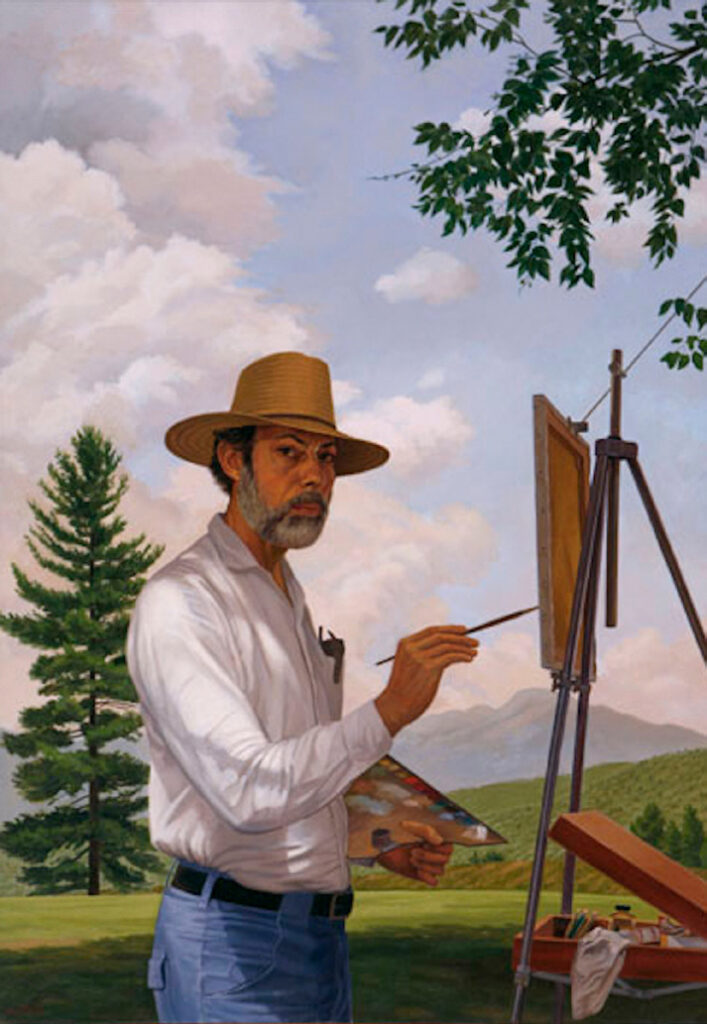
Vincent Arcilesi is an illusionist. He is a skilled painter, but his magic is that he is able to transport you right inside his paintings. He expresses the moment when everything is still, but the kinetic energy is palpable. You can feel it. And any second now, you will see, smell, hear and probably taste the world he has placed you in. It makes you want to walk into his paintings.
He has painted the majestic landscapes of the United States, effectively illustrating the song America the Beautiful. “O beautiful for spacious skies/For amber waves of grain/For purple mountain majesties/Above the fruited plain!” He was one of 60 artists who were commissioned to produce a painting for the US Bicentennial exhibition in 1976. He painted the Grand Canyon while living in a cabin along the north rim.
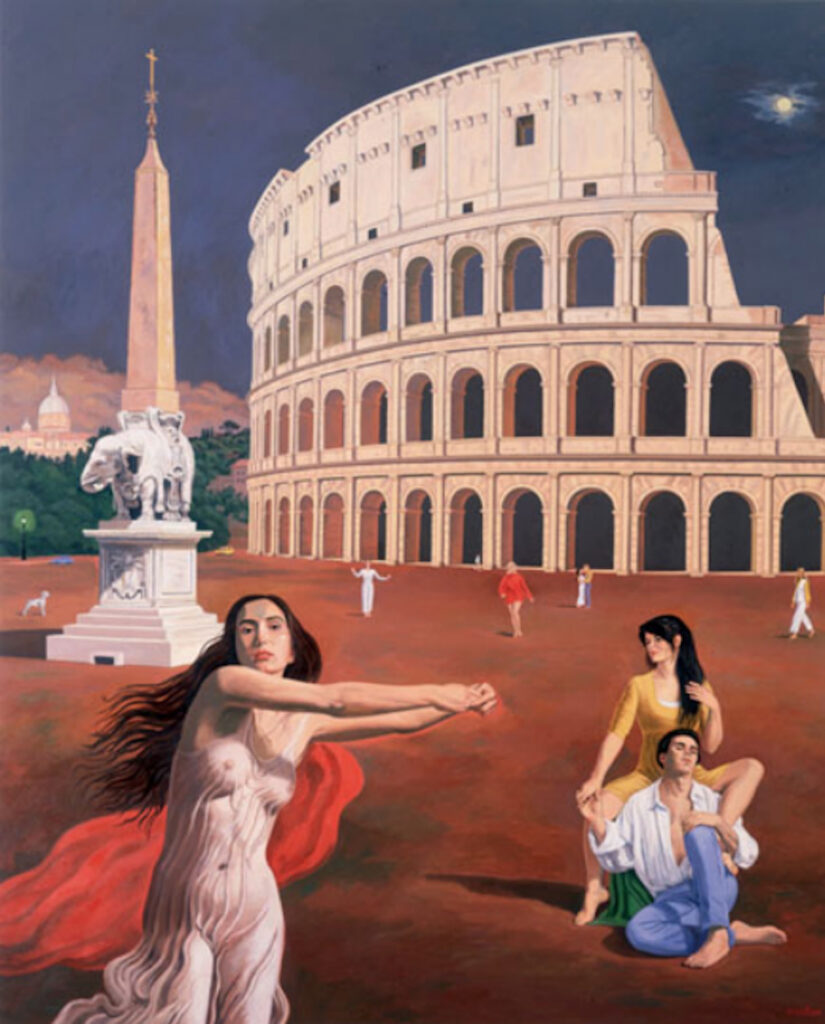
He has also captured the history, complexity and vibrancy of cities such as Rome, London, Paris and New York, allowing us to experience the same things he did. “My hope is that when I leave the canvas as the creator, the viewer steps in the same spot and will feel the drama, passion and excitement.” He often rearranged landmarks to suit his composition, but this artistic license was backed up by immaculate proportion, perspective and exceptional use of color, light and shade. Even to those familiar with the locations, Arcilesi’s version does not grate.
Arcilesi is also known for his nudes. He populated many of his landscapes and cityscapes with naked personalities. They are nudes without prejudice or bias. They do not pander to prudish sensibilities, but nor are they exhibitionist or pornographic, and definitely not purely academic. They are just ordinary people
that you would meet without the encumbrance of clothing. They are beautiful but not perfect. They are natural and comfortable in their own skin. There is a hint of enigma in all their expressions, as if they are ready to open up and tell you their story, if only you would wait just a moment more. He does include some gods or goddesses, but they look human enough that they are not awe-inspiring but more likely to garner envious and surreptitious glances.

The combination of classical landscapes with figurative images, often at life-sized dimensions, sets him apart over the many decades that he painted. According to Ed McCormack of Gallery&Studio, Arcilesi’s works “retain a sense of freshness and spontaneity within the overall meticulousness of his realist technique.”
Arcilesi was born in St Louis, growing up in orphanages after his mother passed away when he was just four. He drew a lot as a child and was fortunate enough to be taught by a talented watercolor artist James ‘Jim’ W Harmon at University City High School. Arcilesi went on to study art at Furman University in Greenville, the University of Oklahoma and eventually to the School of the Art Institute of Chicago. His artistic technique was well honed at these schools, but initially he was attracted to abstract and expressionistic art.
Later, encouraged by his father-in-law, the American Impressionist Francis Chapin, and trips with his wife Nan to the National Parks, he moved on to more realistic works that led to the foundation of the work for which he is best known.
Arcilesi “was a hard-working, dedicated painter” according to fellow painter and professor, Karen Gentile. He made hundreds of sketches and studies, often combining numerous finished paintings to arrive at a final composition.
“Working both large and small in landscape and the figure, his paintings were uniquely his individual vision.”

In 1971, he and Nan moved to New York City. “There was nothing like New York. I couldn’t go anywhere else after that! New York will always be great!” Arcilesi went on to teach fine art as a professor at the Fashion Institute of Technology for 40 years, impacting generations of artists.
Mark Kurdziel, an artist who himself now teaches at FIT says “Vincent Arcilesi was my teacher, colleague, department chair and friend. In all cases he was one of the most supportive artists I knew, and his generosity and advice knew no bounds. He attended every opening that I and other younger artists had no matter how small or what the venue was.”
“Vincent was and remained a figure painter when it was not fashionable or popular to be one. The clarity of his work and commitment was an inspiration that being a figurative artist in New York City was still possible.”
Another FIT colleague and fellow chair, Richard Pitts said “Vincent exemplified the best of pure artistic ambition. He wanted the best that a painting could give and dedicated his whole spirit to the great altar of making the classic tradition of painting, contemporary.”
The world has lost a talented artist; however, his art continues to live and inspire new audiences. He is ably represented by his daughter Francesca Arcilesi and business partner Norma Homberg at Arcilesi | Homberg Fine Art (AHA Fine Art) in Chelsea, New York. G&S

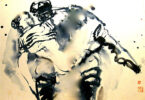
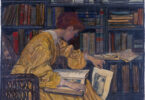
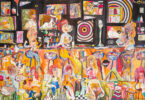

Leave a Comment